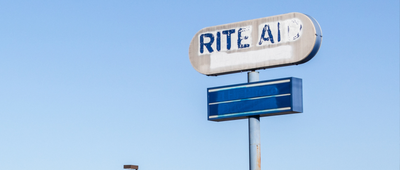Deadly Disasters
Volcanic eruptions can cause disaster on a shocking scale, as the 2022 eruption on the South Pacific island of Tonga showed. The underwater eruption was so intense that it propelled enough water vapor into Earth's stratosphere to fill 58,000 Olympic-sized swimming pools, according to NASA. Authorities also took stock that year of a supervolcano in New Zealand that caused earthquakes and ground deformation, prompting an increased volcanic alert level. After erupting 25 times in the last 12,000 years, the Taupo volcano last erupted in 232, resulting in one of the largest and most violent eruptions seen on Earth.
Related: The Deadliest Hurricanes and Other Natural Disasters in the U.S.




















